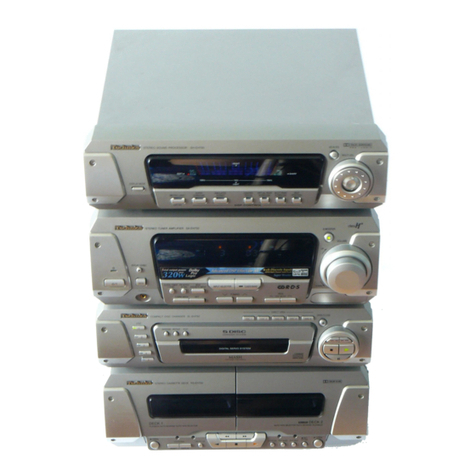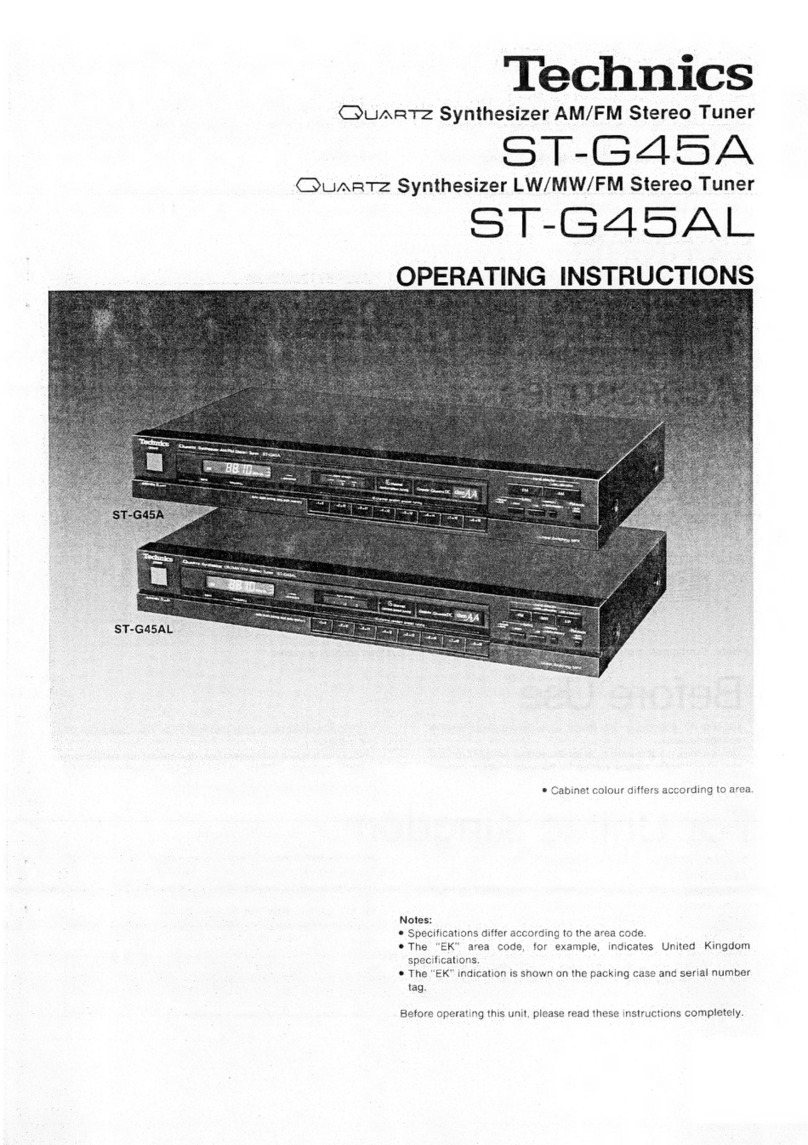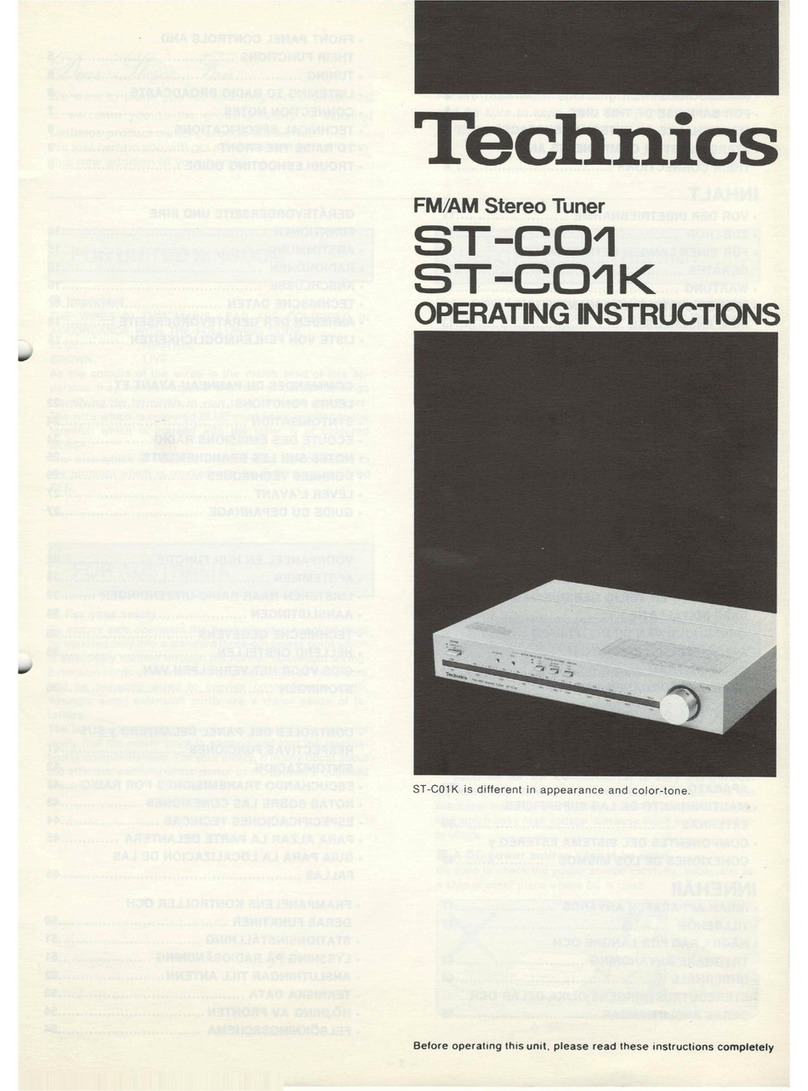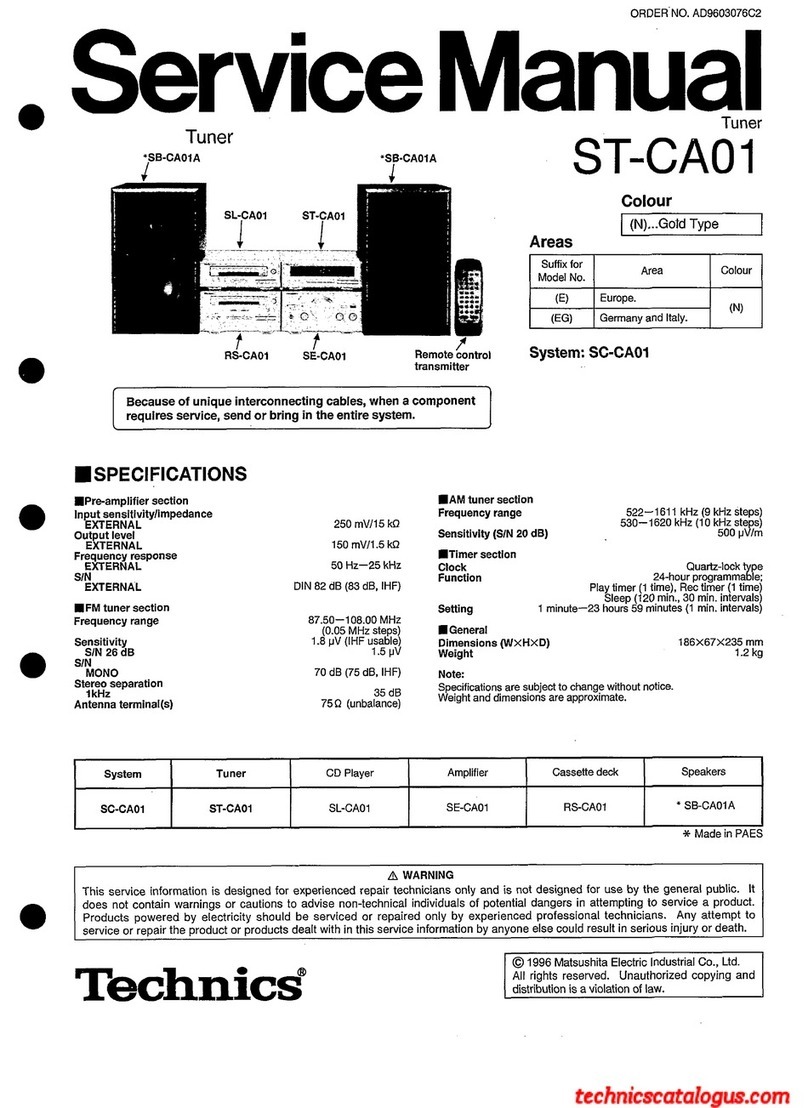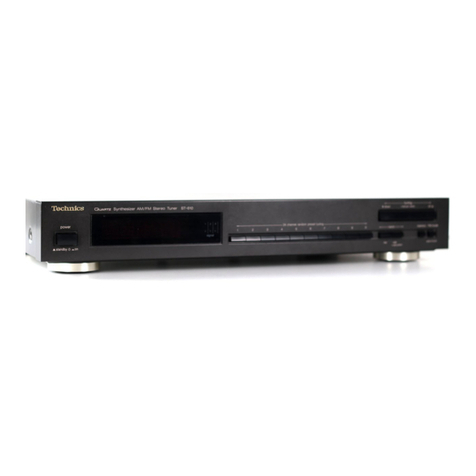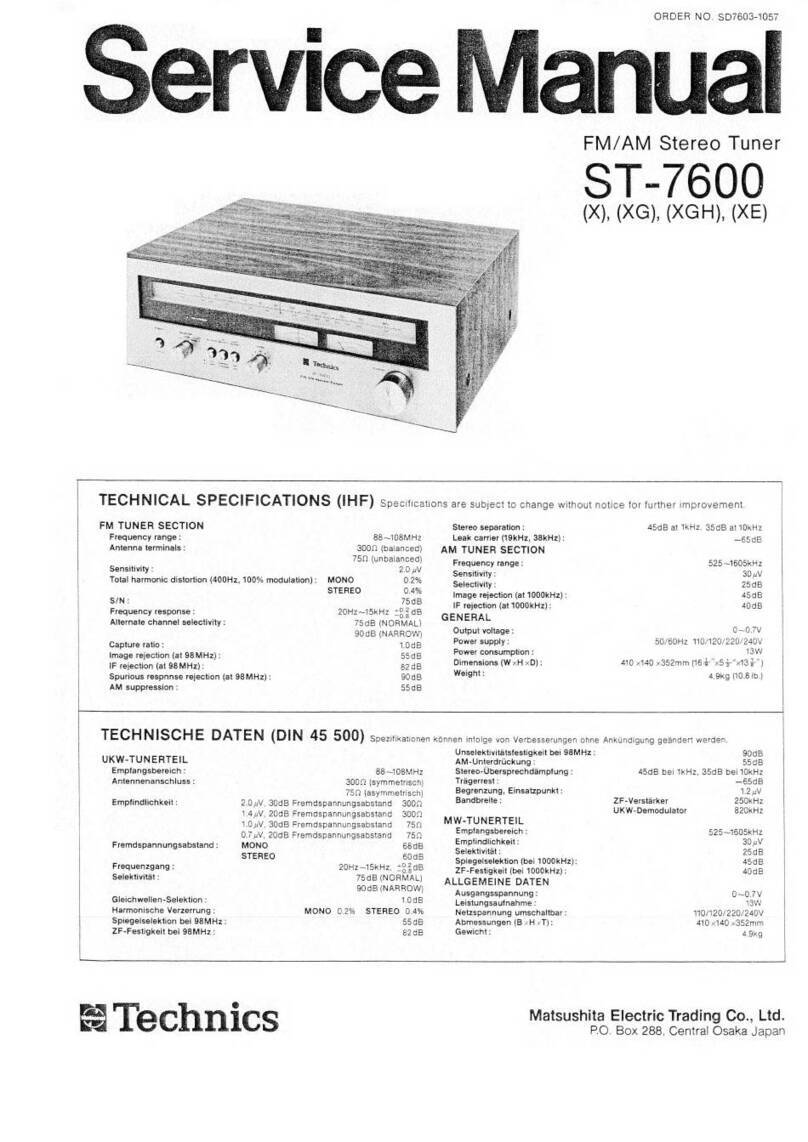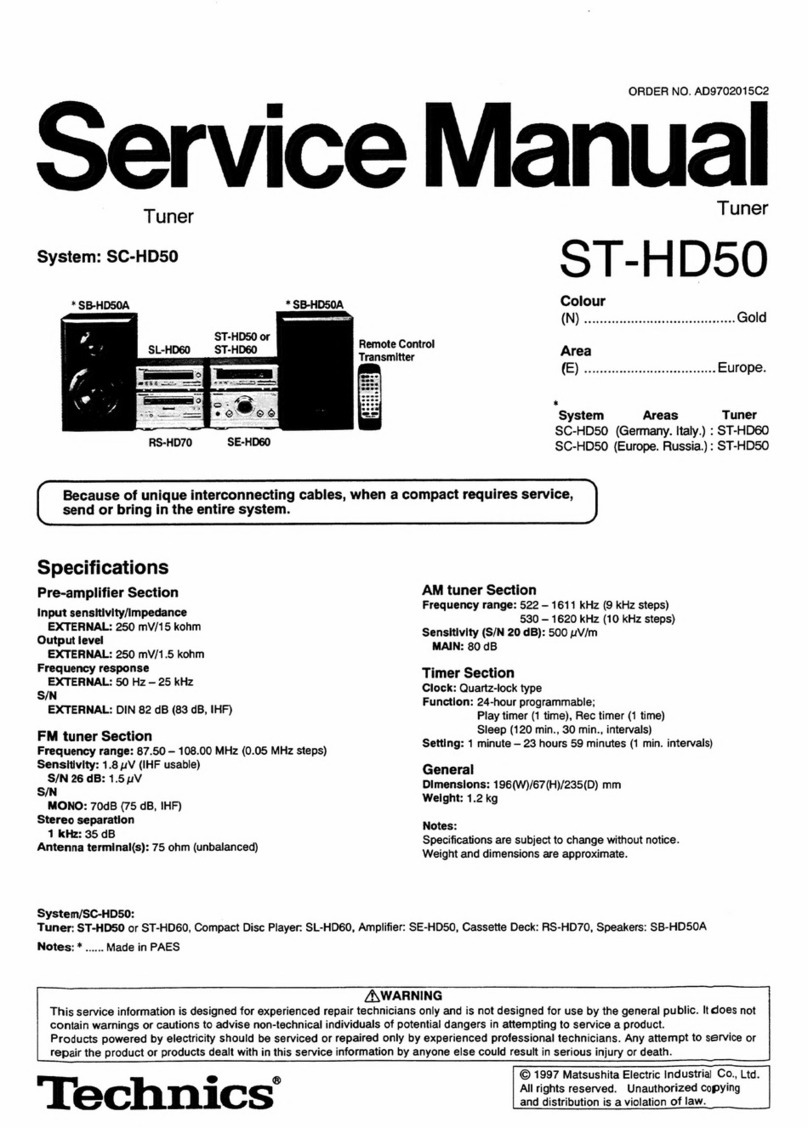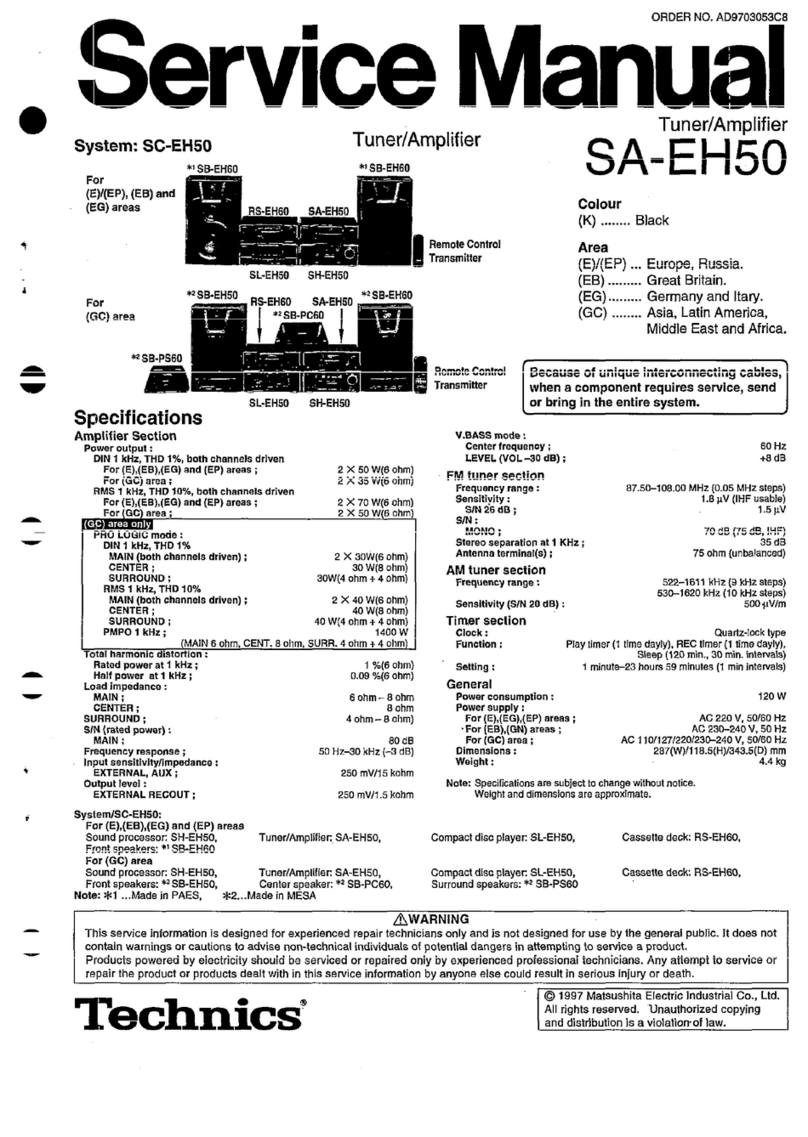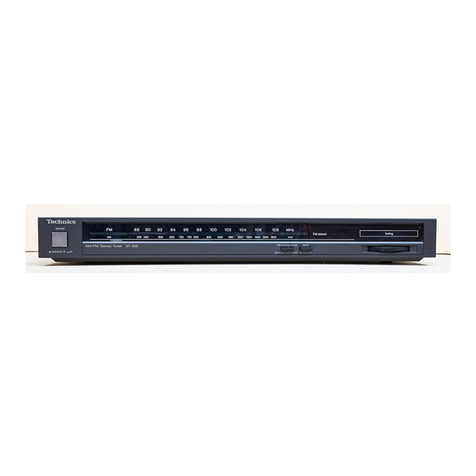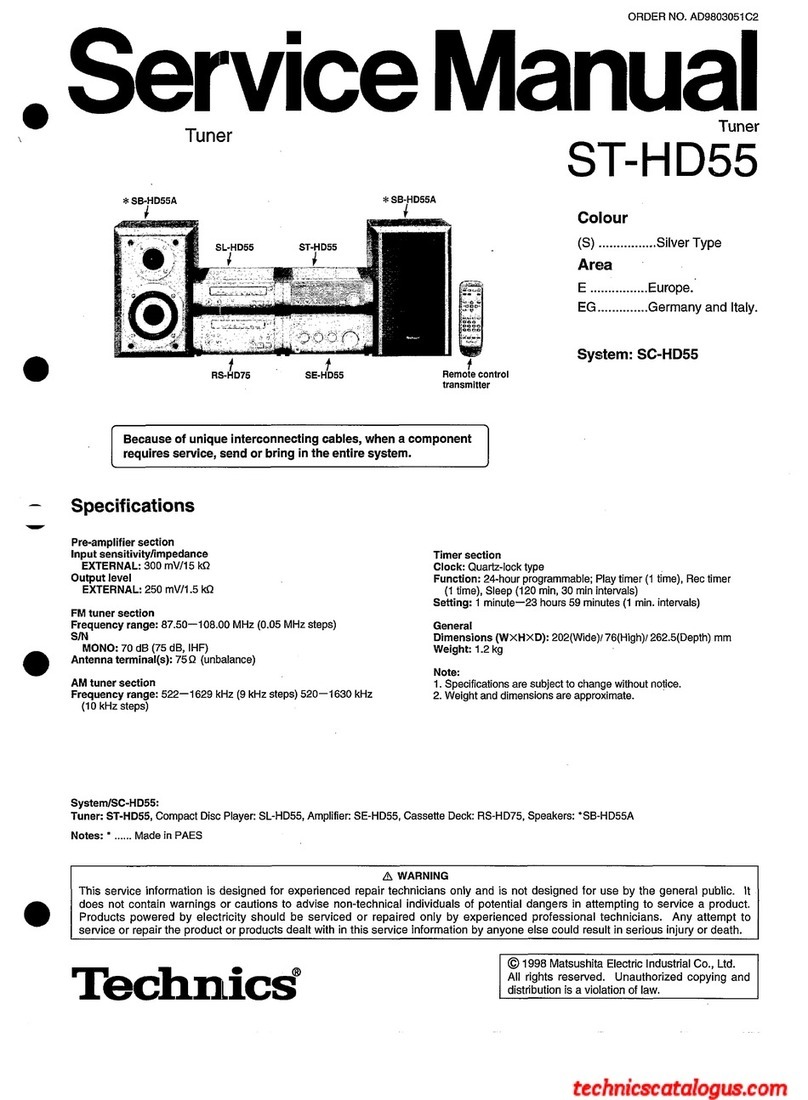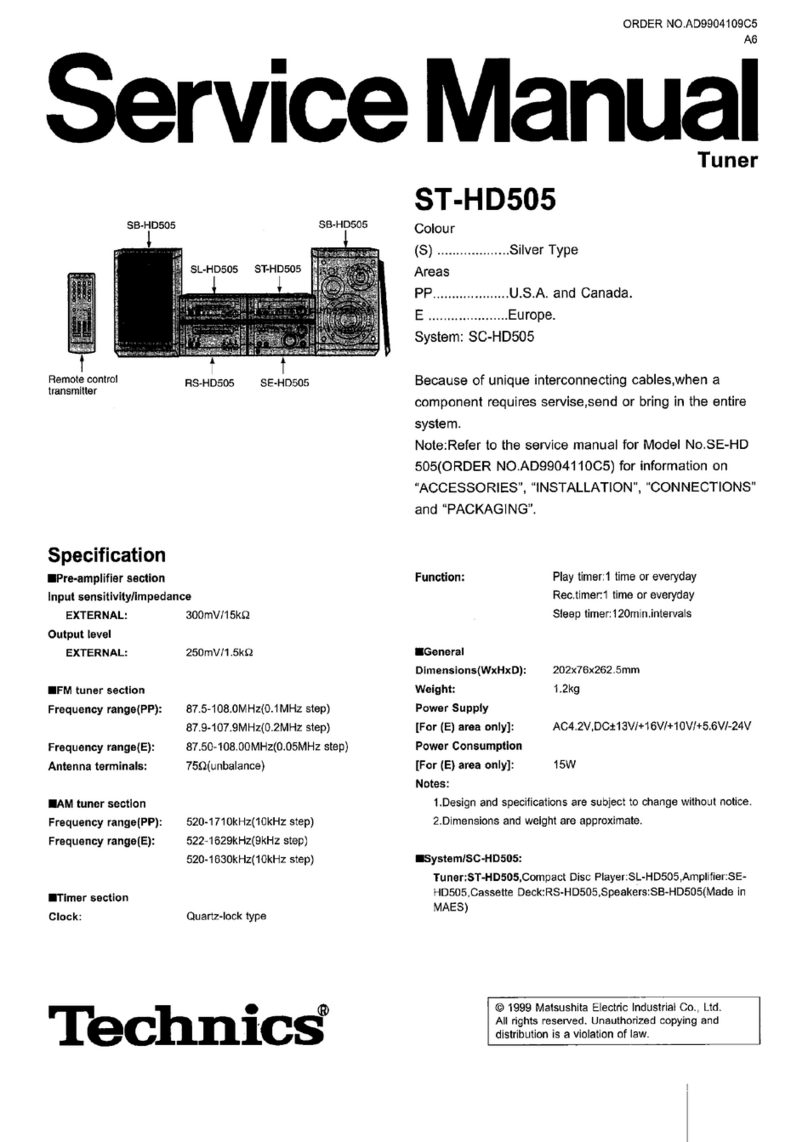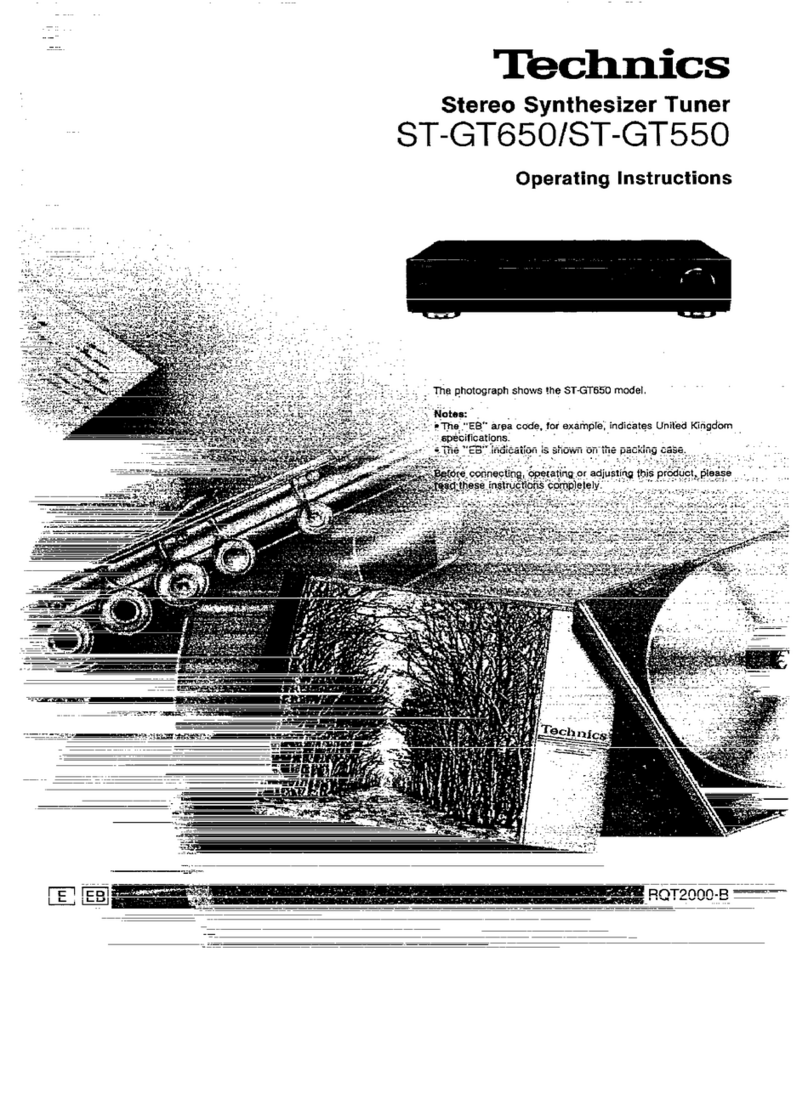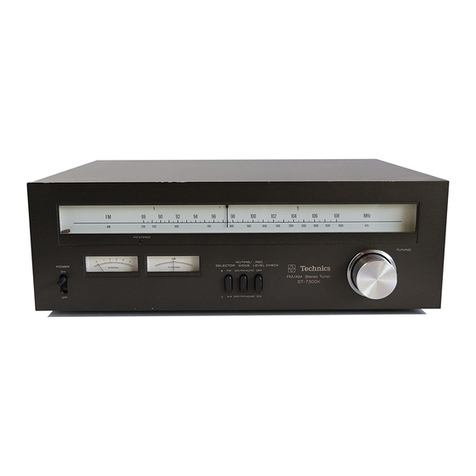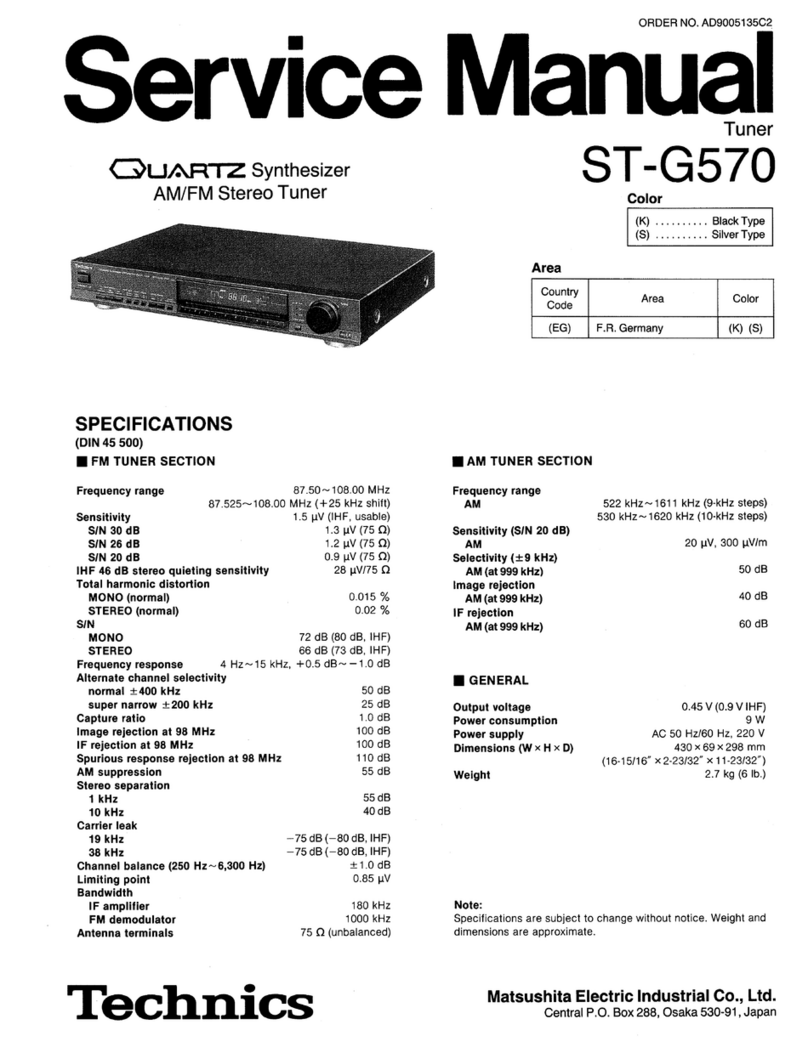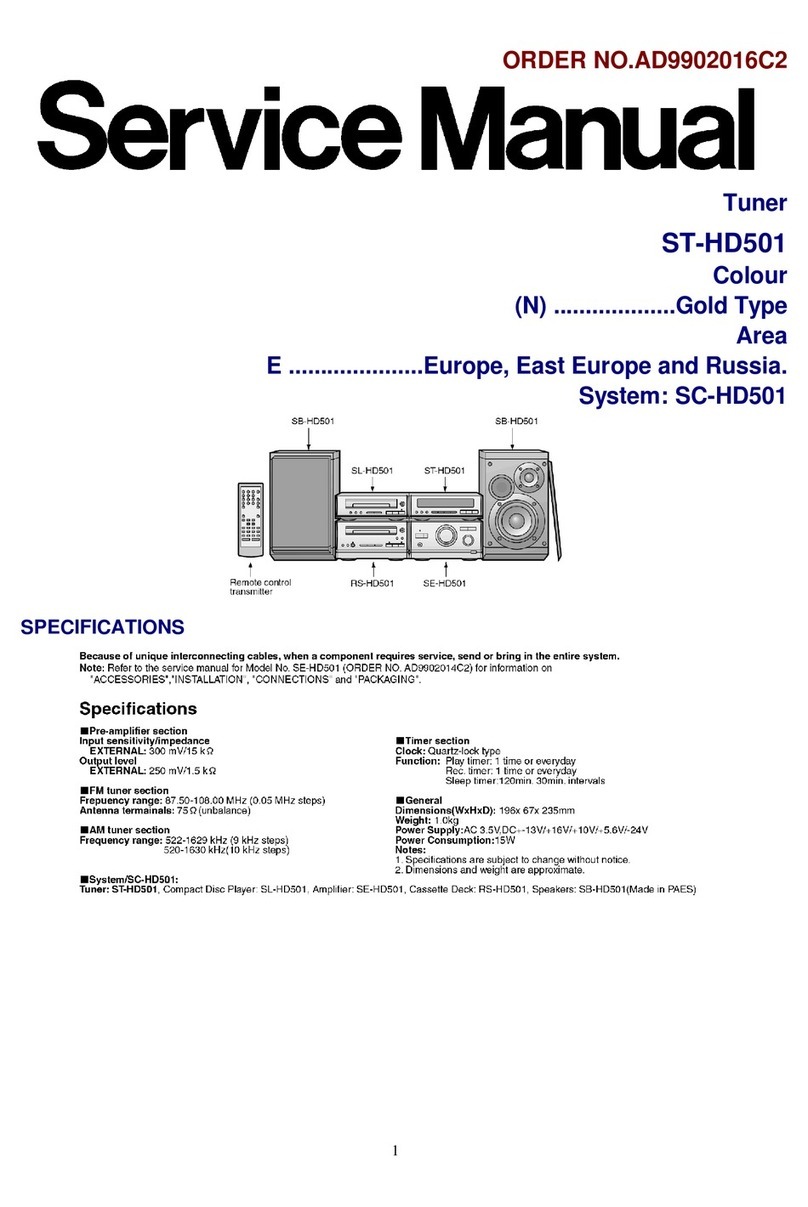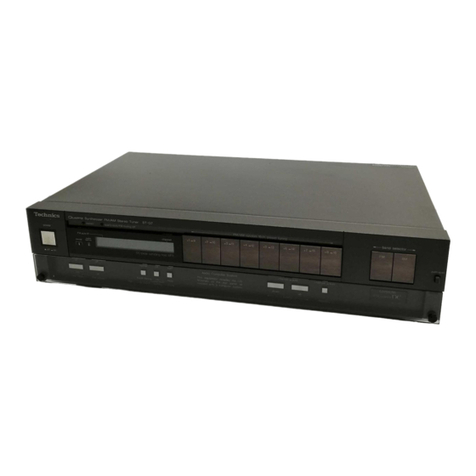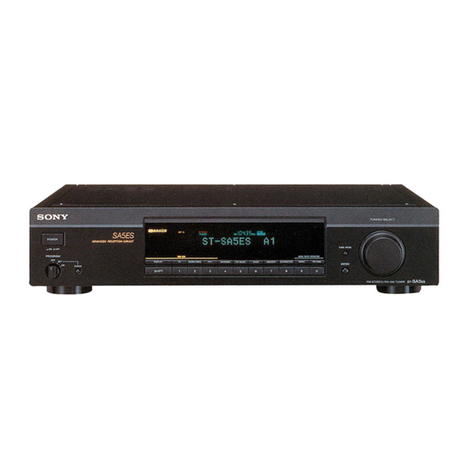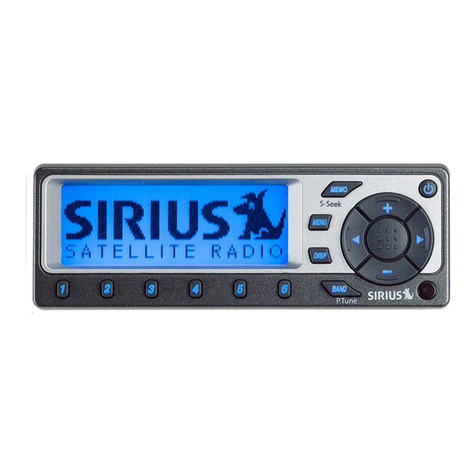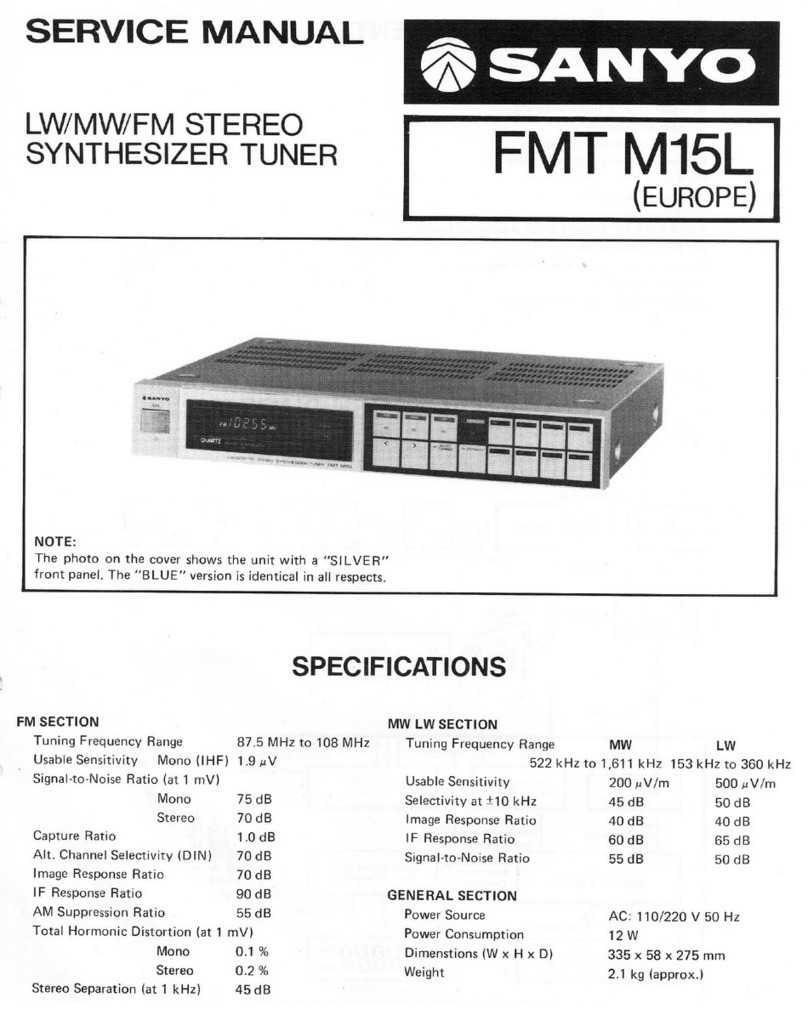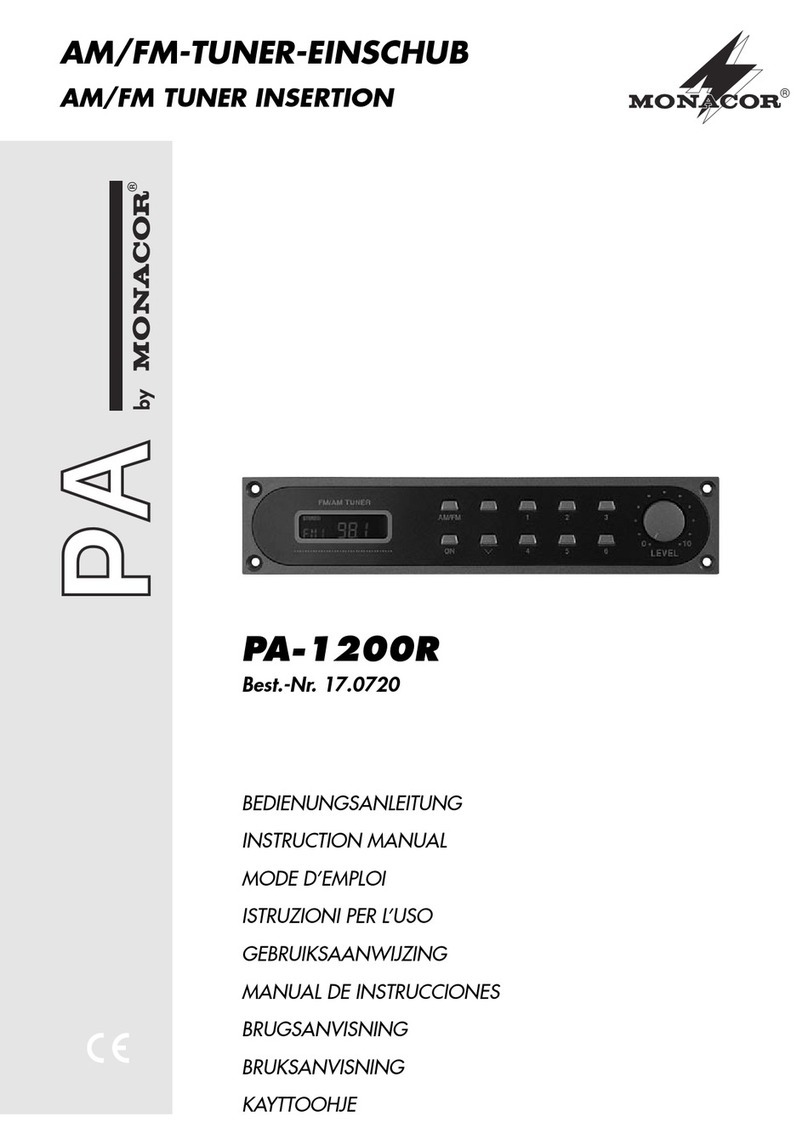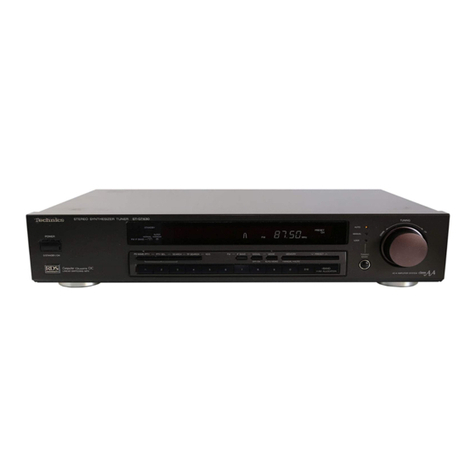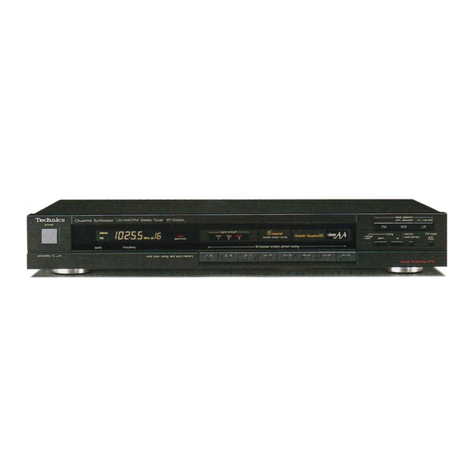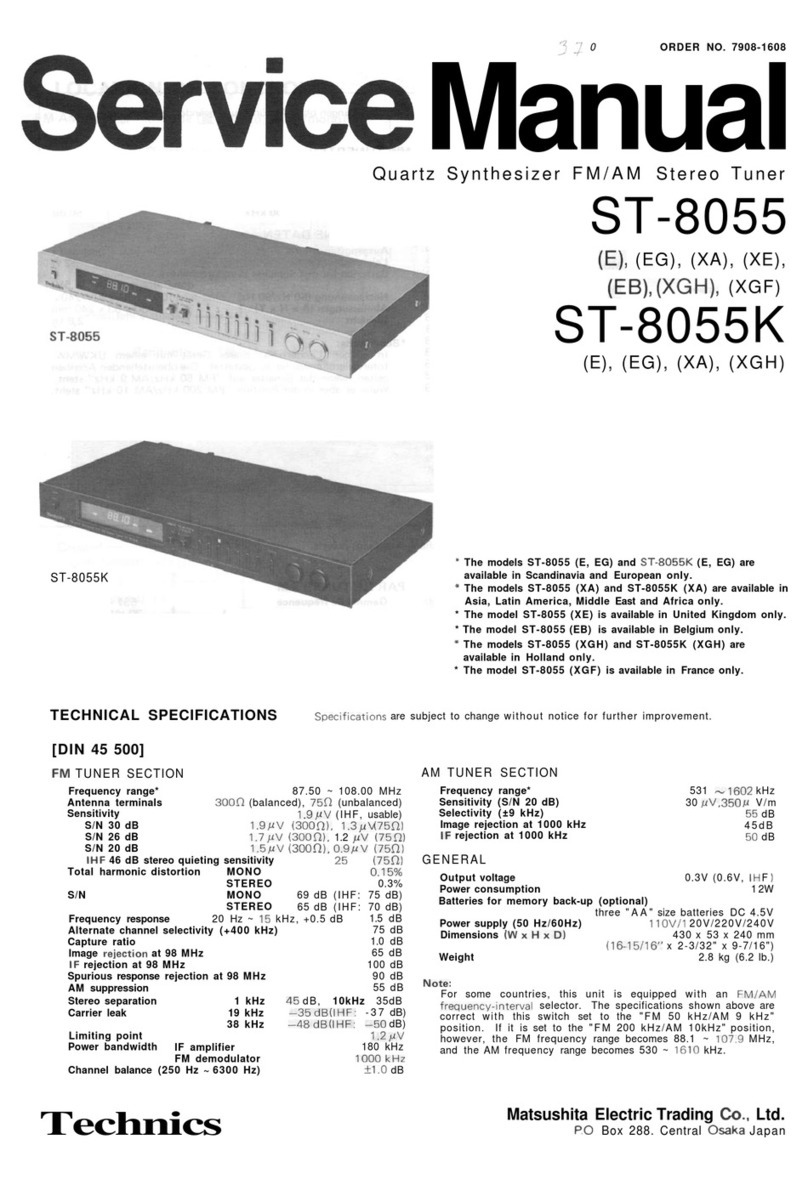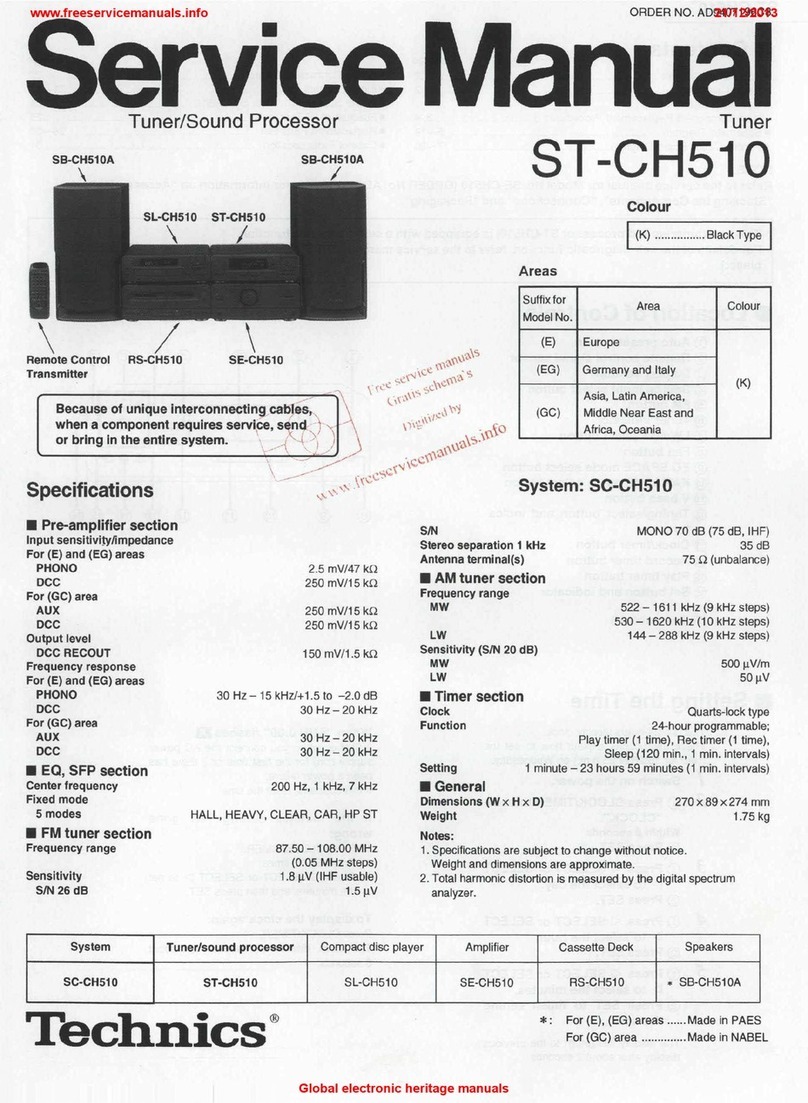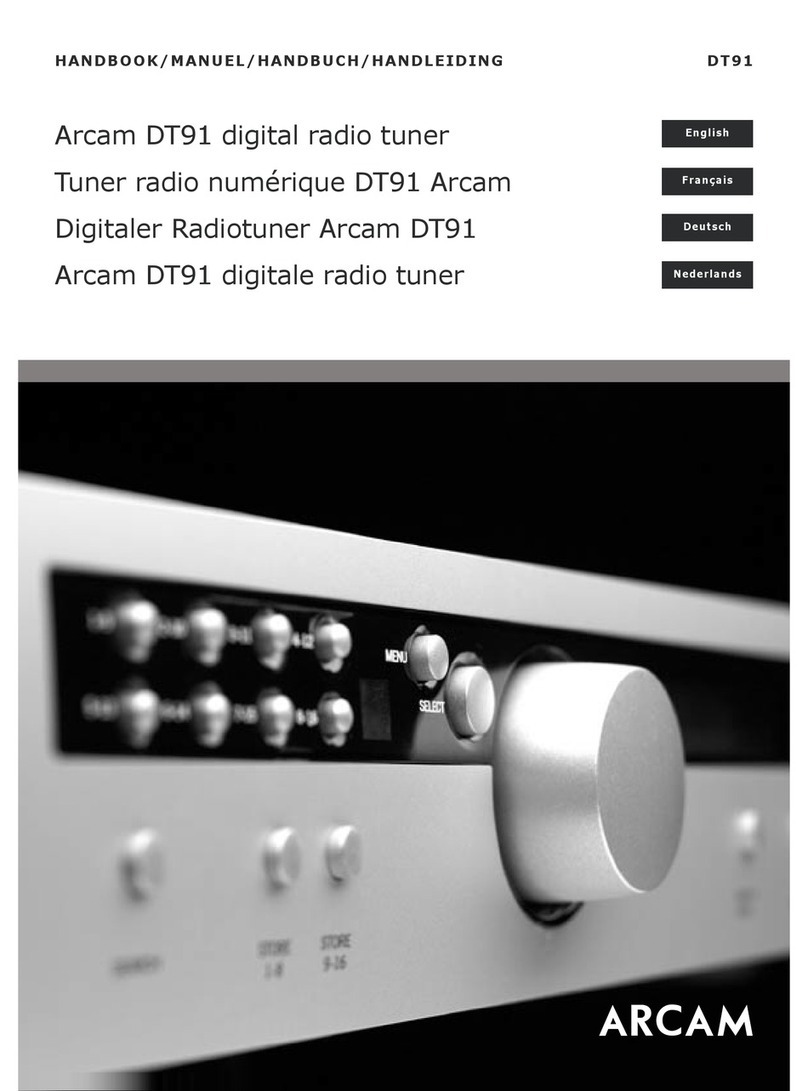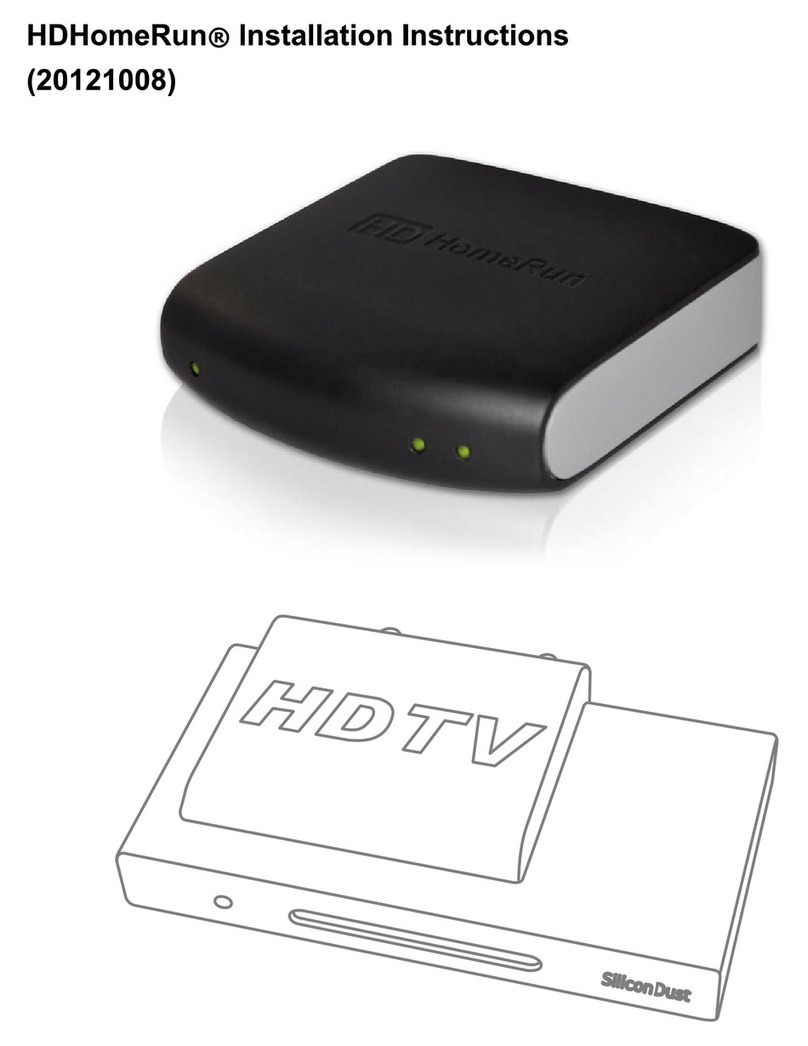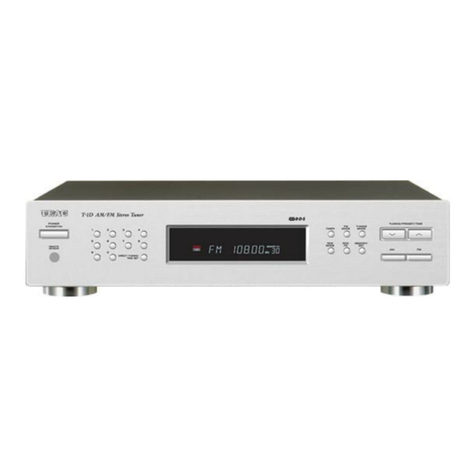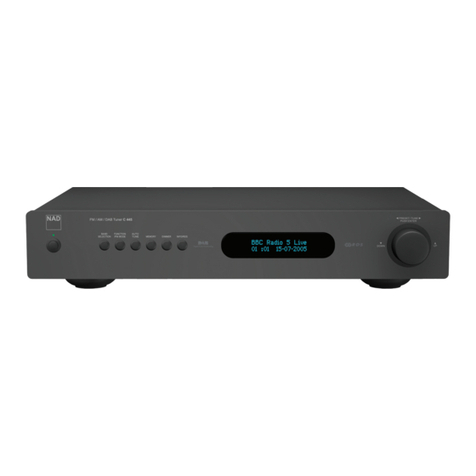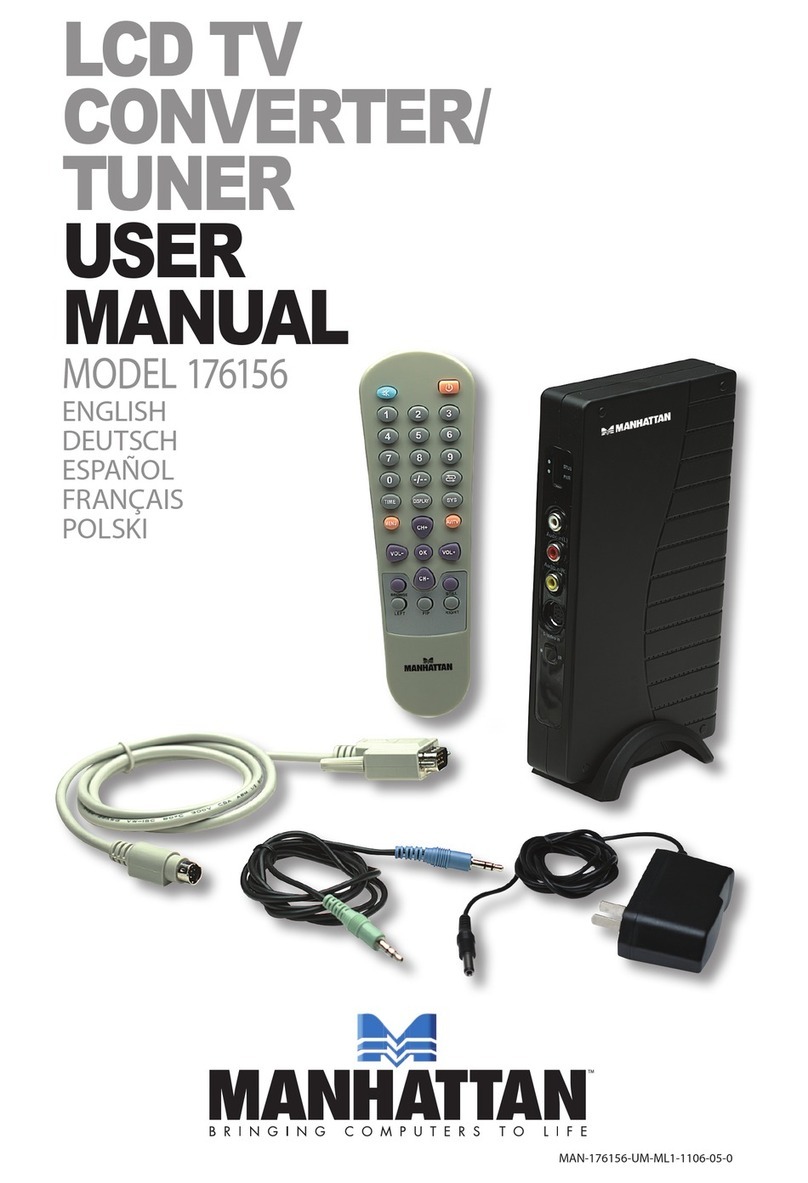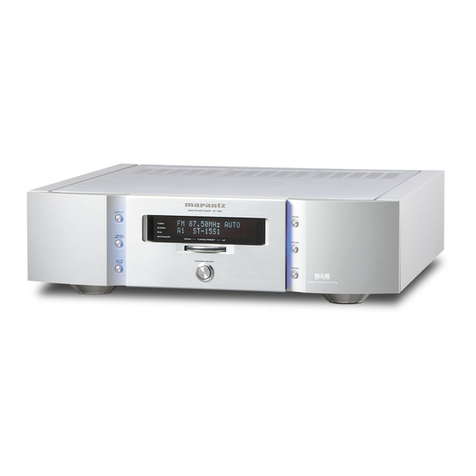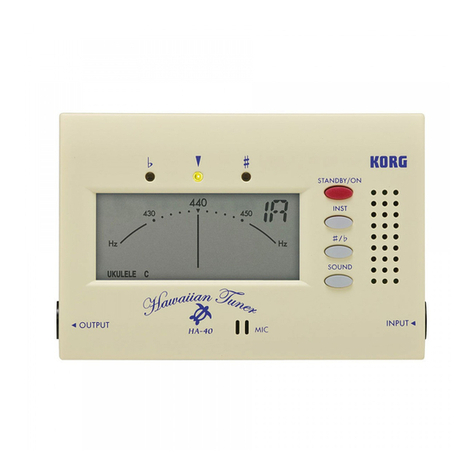
DEUTSCH
-
M@
MESSUNGEN
UND
JUSTIERUNGEN
Anmerkung:
Die
AM-OSC-Spule
(L203),
AM
ZFT
(T7201)
und
LW
ant.
Spule
(L251)
sind
bereits
justiert
und
bendtigen
daher
keine
Justierung.
AM
(MW)-EINSTELLUNG
Einstetlungen
und
zu
benutzende
Gerate
.
Elektronisches
Voltmeter
fiir
Wechsel-
und
Gleichstrom
(EVM).
.
AM
(MW)-MeRsender
(AM-SG).
.
FM/AM-Wahlschalter
in
die
“MW/LW'’-Position
stellen.
(9
kHz-Schritt)
.
Netzspannung
auf
ihrem
Sollwert
halten.
5.
Der
Ausgang
des
Mef&senders
darf
nicht
hGher
sein
als
unbedingt
notwendig
fur
eine
gute
Ablesung.
.
Einen
nichtmetallischen
Schraubenzieher
fiir
die
Einstellungen
verwenden,
ANZEIGE-
FREQUENZ
OURCH
VOR-
EINSTELLUNG
AM
(MW)-MESSENDER
ANSCHLUSS
FREQUENZ
VORBEREITUNG
ABGLEICHS-
PUNKTE
ABGLEICHSVERFAHREN
AM
(MW)-HF-ABGLEICH
*Bandwahischalter
in
die
‘““MW’’-Position
stellen.
612
kHz
(400
Hz
Modulat.,
30%)
1]
AM-MO
iiber
200
pF-
612
kHz
Kondensator
an
den
AM-AntennenanschluR
anschlieRen.
Erdung
an
chassis.
(Schwacher
2
Ejingang.)
1503
kHz
anschlieRen,
(400
Hz
Modulat.,
30%)
1503
kHz
is
LW-HF-ABGLEICH
Wechselstrom-Voltmeter
oder
Oszillograph
Uber
den
Ausgang
‘‘OUTPUT’”’
.
Auf
max,
Ausgang
abgleichen,
.
Den
Kern
von
L202
mit
einem
Schraubendreher
justieren.
L202
(Ant.
Spule)
.
Auf
max.
Ausgang
abgleichen.
.
Die
Schritte
(1)
und
(2)
wiederholen,
bis
die
Frequenz
genau
mit
der
Skalenanzeige
ubereinstimmt,
CT201
(Ant,
Trimmer)
*Bandwahlschalter
in
die
‘‘LW’'-Position
stellen.
155
kHz
3
(400Hz
AM-MO
itiber
200
pF-
Modulat.,
Kondensator
an
den
30%)
AM-Antennenanschlu
anschlieRen.
(Schwacher
Eingang.)
353
kHz
4
(400
Hz
Modulat.,
30%
FM
(UKW)-EINSTELLUNG
Einstellungen
und
zu
benutzende
Gerate
UKW-MeRsender
(FM-SG)
Stereo-Modulator
Oszillograph
Elektronische
Voltmeter
fiir
Wechsel-
und
Gleichstrom
(EVM).
Signalfrequenzmesser
(meRbar
fiir
19
KHz
und
108
MHz).
TiefpaRfilter
(fc
=
15
kHz
~
19
kHz).
FM/AM-Wahlschalter
in
die
’FM”-Position
stellen.
Den
UKW-Betriebsartenschalter
in
die
“‘“mono’’-Position
stellen,
155
kHz
anschlieRen.
353 kHz
ONOOBWNH>
*
Wechselstrom-Voltmeter
oder
Oszillograph
uber
den
Ausgang
“OUTPUT”
.
Auf
max.
Ausgang
abgleichen.
.
Den
Kern
von
L252
mit
einem
Schraubendreher
justieren.
L252
(Osz.-Spule)
.
Auf
max.
Ausgang
abgleichen.
.
Die
Schritte
(3)
und
(4)
wiederholen,
bis
die
Frequenz
genau
mit
der
Skalenanzeige
Ubereinstimmt.
CT251
(LW
Ant.-
Trimmer)
Vorbereitung
am
UKW-Messender
(FM-SG)
.
SG-Ausgang
tber
75-Ohm-U
KW-Kunstantenne
an
den
Antenneneingang
des
Gerates
anschlieen.
,
Der
normale
Eingang
des
Gerates
betrat
60
dB
(1
mV),
400
Hz,
100%
Modulation,
Wegen
Verwendung
der
Kunstantenne
mu
ber
Signalausgang
12
dB
(4yV)
plus
(ZHF)
sein:
d.h.
beim
Eingang
von
60
dB
(1
mV)
soll
der
Signalausgang
72
dB
4
mV)
sein.)
ANZEIGE-
FREQUENZ
DURCH
VOR-
EINSTELLUNG
FM
(UKW)-MESSENDER
ANSCHLUSS
FREQUENZ
VORBEREITUNG
ABGLEICHS-
PUNKTE
ABGLEICHSVERFAHREN
UKW-ZF-ABGLEICH
MeRsender
uber
eine
762-UKW-
Kunstantenne
an
den
UKW-Antennen-
eingang
anschlieen.
(60
dB
(1
mV)
inden
Antenneneingang
leiten.)
Ein
Gleichstrom-
100,1
MHz
(400
Hz
Modulat.,
100%)
100,1
MHz
{—}
und
(Siehe
Abb.
1)
Voltmeter
(EVM)
an
(+)
Uber
eine
Drosselspule
verbinden.
Den
Kern
von
T101
so
justieren,
dak
die
gemessene
Spannung
im
signallosen
Zustand
O.mV
im
300
mV
Bereich
betragt.
T101
(Diskriminator
ZFT)
UKW-STEREO-DEKODER-ABGLEICH
UNTER
VERWENDUNG
EINES
ZAHLERS
ALTERNATIVE
MESSMETHODE
.
Unmodutiertes
Mono-Signa!
100,1
MHz
in
das
Gerat
speisen.
.
UKW-Betriebsart-Schalter
auf
“auto”
stellen,
.
Zahler
iiber
einen
Widerstand
von
100kOhm
an
anschlieBen.
(Vgl.
Abb.
2)
.
VR301
auf
19
kHz
+
30
Hz
einstellen.
.
Stereosignal
entweder
von
einem
MeRsender,
oder
einem
Stereosender
in
den
Tuner
speisen.
.
VR301
so
einstellen,
da&
die
Stereolampe
aufleuchtet.
Schleifer
von
VR301
sichern,
wie
in
Abb,
3
gezeigt.
